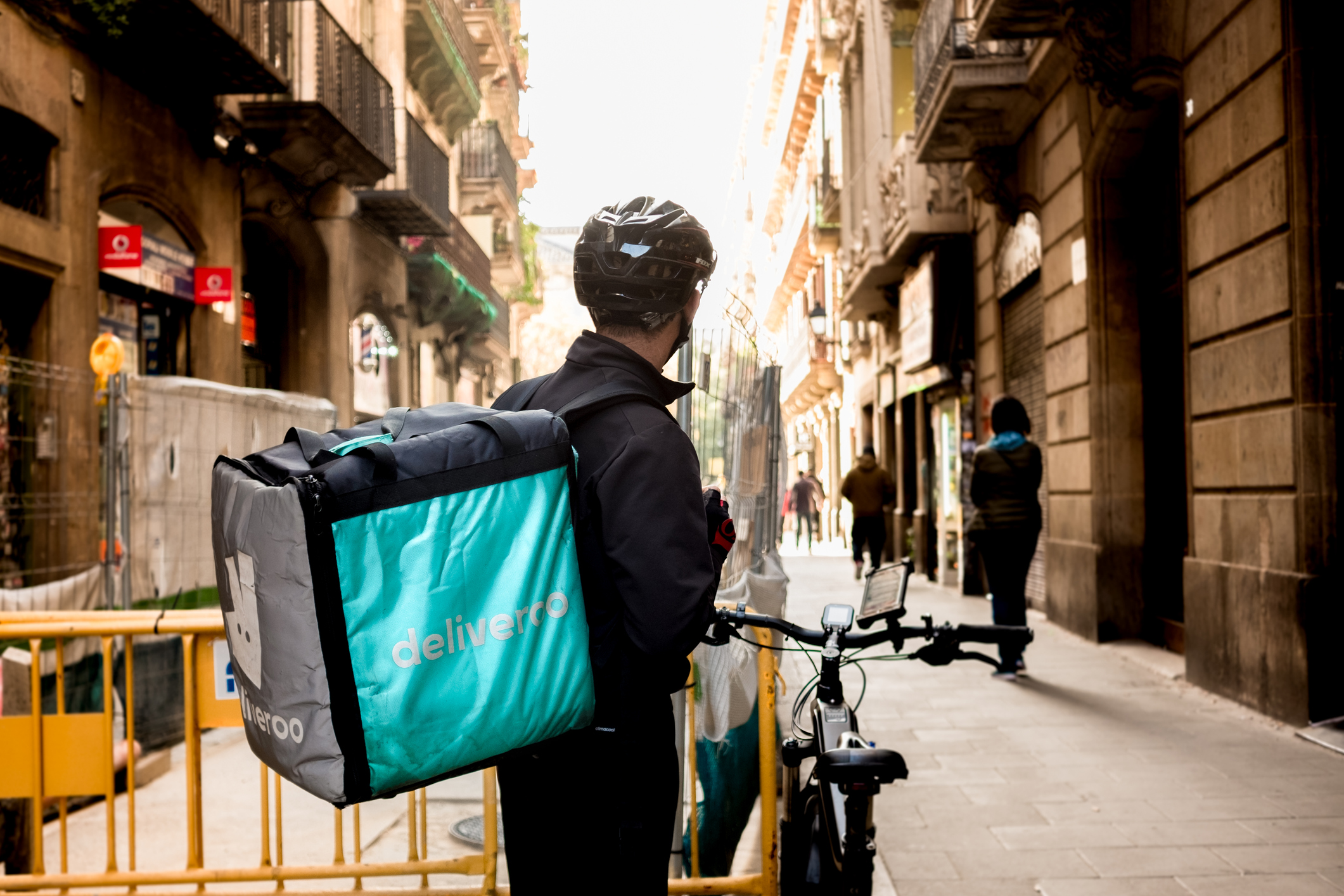The Gig Economy: Don’t Let Safety Threats and Liabilities Get in the Way of Your Workforce Needs
What comes to mind when you think of the words “gig economy?”
For many people, the phrase is synonymous with Uber, Lyft, DoorDash, TaskRabbit, and other companies who have pioneered the on-demand workforce model. If your organization has harnessed the gig economy, perhaps you think of its many staffing benefits, including flexible scheduling, increased worker autonomy, and minimal nonproductive hours.
How about heightened risk of safety hazards and OSHA violations?
A recent article in EHS Today explains that organizations using the gig economy face new threats and liabilities, from safety incidents to misclassification lawsuits. According to EHS experts, such as the attorneys of Seyfarth Shaw, “[s]afety training, culture, practices, supervision and enforcement must be adapted to meet the new economy.”
Why do gig workers pose issues? Because they’re “typically younger and less experienced, which makes them more likely to engage in unsafe practices.” Plus, “gig economy jobs often lack traditional means of workplace training and supervision.”
Keep in mind that you’re accountable for all your workers’ safety, regardless of the workforce model you use. Writes EHS Today correspondent David Sparkman:
The liability is real. In the face of the ongoing war over who is an independent contractor and who is an employee, the U.S. Department of Labor (DOL) recently issued an opinion letter establishing that many workers in the gig economy can be considered contractors when it comes to federal wage and hour regulations. For example, DOL said the primary purpose of the unnamed business that had asked for the opinion letter is “to provide a referral system that connects service providers with consumers,” which sounds a lot like Uber and Lyft—classic exemplars of the gig economy.
Read “The Gig Economy Poses New Safety Threats and Liabilities.”
Beyond worker safety, the gig economy also poses challenges in terms of worker classification—who is and isn’t an independent contractor, which employees are exempt from federal overtime requirements, and so on. Don’t let classification issues stop you from taking advantage of this new economic model and improving your bottom line. Check out our free Guide to Determining Employee Classification.

